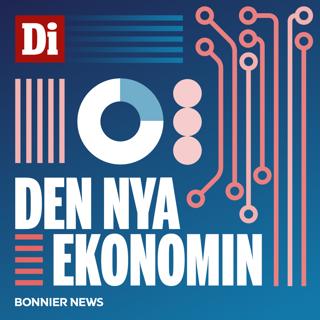
Michael Zezas: Indirect Impacts
In today’s podcast, Head of U.S. Public Policy strategy Michael Zezas discusses how the great debate playing out in markets around trade is about more than direct impacts.
26 Juni 20193min

Mike Wilson: Are Markets Putting Stock in Trade?
With corporate confidence softening, could movement on U.S.-China trade at the G20 be the catalyst for growth in the second half of the year? Chief Investment Officer Mike Wilson has analysis.
24 Juni 20193min

Andrew Sheets: Let’s Say the Fed Cuts Rates in July…
Morgan Stanley's economics team now expects the Fed to cut interest rates by half a percent possibly as soon as July. On today’s podcast, Chief Cross-Asset Strategist Andrew Sheets examines how markets could react.
21 Juni 20193min

Michael Zezas: Three Possible Trade Paths from the G20
On today’s podcast, Head of U.S. Public Policy strategy Michael Zezas says three likely U.S.-China trade scenarios will come out of the G20. But a tariff pause might be the trickiest for investors.
19 Juni 20192min

Mike Wilson: How Confident Are U.S. Businesses in the Economy?
On today’s episode, Chief Investment Officer Mike Wilson shares a readout on the firm’s proprietary Business Conditions Index. Are the data softening more than investors realize?
17 Juni 20193min

Andrew Sheets: The Dangers of Cheering for Weaker Data
On today’s podcast, Chief Cross-asset Strategist Andrew Sheets provides a bit of historical perspective on the logic of rooting for weaker data and lower interest rates.
14 Juni 20193min

Michael Zezas: Why ‘Slowbalization’ May Be Feeding Trade Tensions
Head of U.S. Public Policy Michael Zezas says that independent of current trade concerns, the trend toward globalized supply chains is fading, as companies respond both to political and market incentives.
12 Juni 20193min

Mike Wilson: Why Trade Tensions Are Only Part of the Story
Investors and media have been hyper-focused on trade and Fed policymaking. But according to Chief Investment Officer Mike Wilson, some key economic data points are the real story to watch.
10 Juni 20193min





















